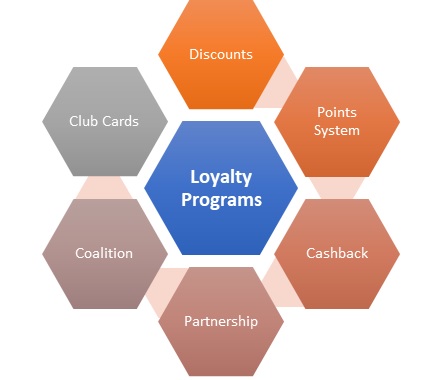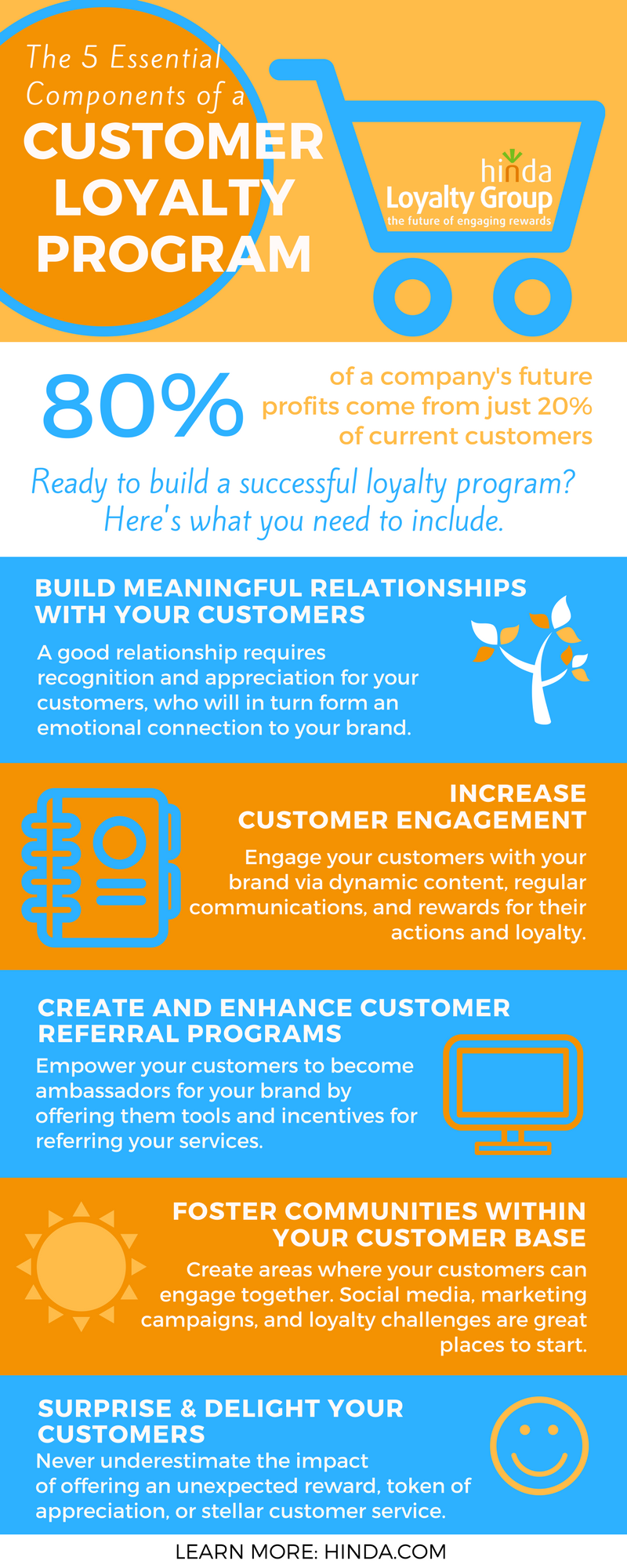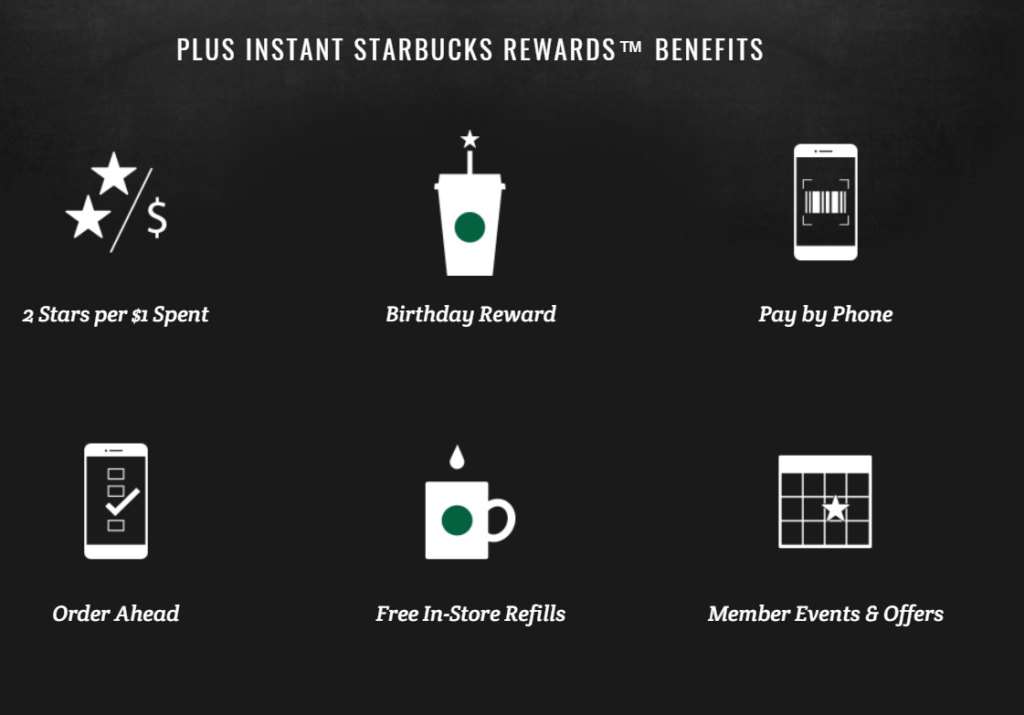All Categories
Featured
Table of Contents
In 49417, Ariella Sampson and Taniyah Marsh Learned About Social Media

What if you could grow your business without increasing your costs? In truth, what if you could really lower your spending but increase your sales, year after year? Would you do it? If you're a service owner, then you'll likely provide a definite 'yes', a simple response to an even simpler question.
A benefits program tracks and benefits certain costs behavior by the customer, offering special benefits to devoted clients who continue to patronize a certain brand. The more that the customer invests in the store, the more advantages they receive. With time, this reward constructs faithful consumers out of an existing client base.

Even if you currently have a reward program in location, it's a great idea to dig in and fully understand what makes consumer commitment programs work, in addition to how to execute one that costs you little cash and time. Don't fret, I'll help you with that. I'll break down the main benefits of a commitment program and the very best methods to produce loyal customers.
Let's dig in. Client loyalty is when a customer go back to work with your brand over your competitors and is mainly influenced by the positive experiences that the consumer has with your brand name. The more favorable the experience, the most likely they will go back to patronize you. Client loyalty is incredibly crucial to companies since it will help you grow your company and sales faster than an easy marketing plan that concentrates on hiring new clients alone.
A few methods to measure customer commitment include:. NPS tools either send out a brand efficiency survey by means of e-mail or ask consumers for feedback while they are going to a business's site. This info can then be utilized to much better comprehend the possibility of customer commitment. A repurchase ratio measures the ratio of repeat buyers versus one-time buyers.
Client commitment index (CLI). The CLI tracks customer loyalty gradually and resembles an NPS survey. Nevertheless, it takes into account a couple of extra factors on top of NPS like upselling and redeeming. These metrics are then utilized to examine brand commitment. A consumer commitment program is a marketing technique that rewards consumers who make purchases and engage with the brand name on a continued basis.
Consumer benefits programs are developed to incentivize future purchases. This encourages them to continue working with your brand name. Client loyalty programs can be set up in various methods. A popular client loyalty program benefits clients through a points system, which can then be invested in future purchases. Another kind of customer commitment program might reward them with member-exclusive perks or totally free presents, or it may even reward them by donating cash to a charity that you and your clients are mutually passionate about.
In 7202, Darnell Roman and Beatrice Haney Learned About Prospective Client
By offering rewards to your consumers for being faithful and helpful, you'll construct a rapport with them, deepening their relationship with your brand and ideally making it less likely for them to switch to a competitor. You have actually likely seen customer commitment programs in your own shopping experience, whether at your preferred coffee shops or your most frequented supermarket.
But even if everybody is doing it doesn't imply that's an excellent enough factor for you to do it too. The much better you understand the advantages of a client rewards program, the more clearness you will have as you create one for your own store. You won't be sidetracked by interesting advantages and complex commitment points systems.
Keep in mind: work smarter, not harder. Consumer retention is the primary benefit of a benefits program that serves as a foundation to all of the other benefits. As you provide incentives for your existing customer base to continue to buy from your store, you will supply your store with a steady circulation of money month after month.
By growing your retention rate, you can stop spending as much time or cash on increasing your overall number of consumers. Why is this essential? Loyal consumers have a greater conversion rate than brand-new clients, indicating they are more most likely to make a transaction when they visit your shop than a new client.
By increasing your retention rate by only 5 percent, you can increase your revenues by 25 percent and as much as by 95 percent. Needless to state, your retention rate matters. Secret Takeaway: If you want to considerably increase your earnings, offer incentives for your existing consumers to continue to patronize your store.
And you will not need to invest cash on marketing to get them there. Consumer acquisition (aka generating brand-new clients) takes a great deal of effort and money to persuade total strangers to trust your brand name, concerned your shop, and try your products. In the end, any money earned by this brand-new consumer is overshadowed by all of the money invested on getting them there.
Key Takeaway: If you wish to decrease spending, concentrate on consumer retention rather of client acquisition. When you focus on providing a favorable customized experience for your existing clients, they will naturally tell their family and friends about your brand. And with each subsequent deal, faithful consumers will tell even more individuals per transaction.
In 21122, Kara Payne and Gideon Randall Learned About Network Marketing
The finest part? Due to the fact that these new consumers came from trusted sources, they are more most likely to develop into devoted clients themselves, investing more typically than new clients generated by other marketing efforts. The Chase Ultimate Benefits program, for instance, offers major advantages for people who take a trip a lot.
The 'supreme benefits' that Chase cardholders get consist of 2x points per dollar invested on all travel purchases as well as primary rental cars and truck insurance, no foreign deal costs, trip cancellation insurance, and purchase security. For people who travel a lotand have non reusable earnings to do sothere is a huge reward to invest cash through the supreme rewards program.
This entire procedure makes redeeming benefits something worth extoling, which is exactly what many cardholders end up doing. And to assist them do it, Chase provides a reward for that too. Key Takeaway: Make it easy for your clients to boast about you and they will get the word out about your store for complimentary.
Once you get the basics down, then utilizing a commitment rewards app can help look after the technical information. Here are the steps to get begun with creating your client loyalty program. No consumer desires to purchase items they do not desire or require. The exact same goes for your loyalty program.
And the only method to tailor an irresistible customer loyalty program is by intimately knowing your client base. The very best method to do this? By carrying out these methods: Construct consumer contact details wherever possible. Guarantee your organization is continuously constructing a detailed contact list that enables you to access existing clients as typically and as quickly as possible.

Track client habits. Know what your customers desire and when they desire it. In doing so, you can anticipate their desires and requires and provide them with a loyalty program that will please them. Classify customer individual traits and choices. Take a multi-faceted approach, do not limit your commitment program to just one avenue of success.
Motivate social media engagement. Frame methods to engage with your customers and target market on social media. They will quickly offer you with very informative feedback on your services and products, allowing you to better comprehend what they get out of your brand name. Once you have actually worked out who your clients are and why they are working with your brand name, it's time to decide which type of commitment rewards program will motivate them to stay devoted to you.
In Cocoa, FL, Zaid Kline and Crystal Shaffer Learned About Effective Marketing Tips
However, the most common client commitment programs centralize around these main ideas: The points program. This type of program concentrates on fulfilling customers for every single purchase they make with points in a point system. These points can then either be used on future purchases or put towards some form of reward.
The paid program. This kind of program requires customers to pay a one-time or annual fee to join your VIP list. Commitment members who belong to this list are able to access unique benefits or member-exclusive benefits. The charity program. This kind of program is a little bit different than the others.
This is achieved by motivating them to do organization with the brand name and, in return, their loyalty will be rewarded with a contribution to a charity. The tier program. This type of program concentrates on increasing levels of brand loyalty. The more loyal a client is to a brand name, the higher tier they will reach and the much better the benefits they will get.
This type of program is simply as it sounds, where one brand name partners with another brand name to provide their cumulative audiences with unique member discount rates or offers that they can redeem while doing service with either brand name. The neighborhood program. This kind of program incentivizes brand name loyalty by supplying its members with access to a like-minded community of people.
This type of program is fairly similar to paid programs, nevertheless, the subscription fee happens on a routine basis rather than a one-time payment. Next, pick which customer interactions you 'd like to reward. Base these benefits around which interactions benefit your business the a lot of. For instance, to help your business out, you can provide action-based rewards like these: Reward clients more when working with your brand throughout a slow duration of the year or on a notoriously slow day of service.
Reward clients for engaging with your brand name on social media. Incentivize particular items you are trying to move quickly. Incentivize purchases that are over a specific dollar amount. The idea is to make your consumer loyalty program as simple as possible for your consumers to use. If your consumer loyalty program isn't personnel friendly, isn't easy to track, is too costly to run, or isn't simple for your consumers to use or understand, then personnel and consumers alike probably will not make the most of it.
To remove these barriers to entry, think about incorporating a consumer loyalty software that will assist you keep on top of all of these elements of your program. Some quality customer program software include:. CandyBar is a digital punch card program. It works by tracking your customer's purchases through an app on a computer, phone, or tablet.
In 43551, Areli Mercado and Jovanny Long Learned About Subscriber List
Commitment members can then inspect their benefits through text and company owners can use the program to contact their customers. Yotpo. Yotpo is a cloud-based consumer commitment platform exclusively for eCommerce organizations. This software application is particularly great at gathering every kind of user-generated content, practical for tailoring a better customer experience.
Loopy Commitment is a handy consumer loyalty software for organizations that mainly use Google Wallet or Apple Pay as their payment platforms. The software produces a digital commitment card that sends out push alerts to their clients' phones when they are in close distance to their physical store. When you have actually put in the time to decide which customer commitment techniques you are going to carry out, it's time to begin promoting and registering your very first commitment members.
Usage in-store ads, integrate call-to-actions on your site, send promotions through email newsletters, or upload advertising posts on social networks to get your customers to sign up with. It is necessary to understand the primary advantages of a client rewards program so that you can develop a customized experience for both you and your customer.
Think of it. You know what kinds of items your consumers like to purchase but do you understand what brings them back, day after day, week after week? What makes them pick your store over the store throughout the street? What makes them your client and not the customer of your biggest rival? Surprisingly, the responses to these concerns do not boil down to discount rate costs or quality products.
Table of Contents
Latest Posts
Web Design Vs. Web Development - Upwork Tips and Tricks:
Web Design And Engineering Major - Santa Clara University Tips and Tricks:
Web Design - The First 100 Years - Idle Words Tips and Tricks:
More
Latest Posts
Web Design Vs. Web Development - Upwork Tips and Tricks:
Web Design And Engineering Major - Santa Clara University Tips and Tricks:
Web Design - The First 100 Years - Idle Words Tips and Tricks: